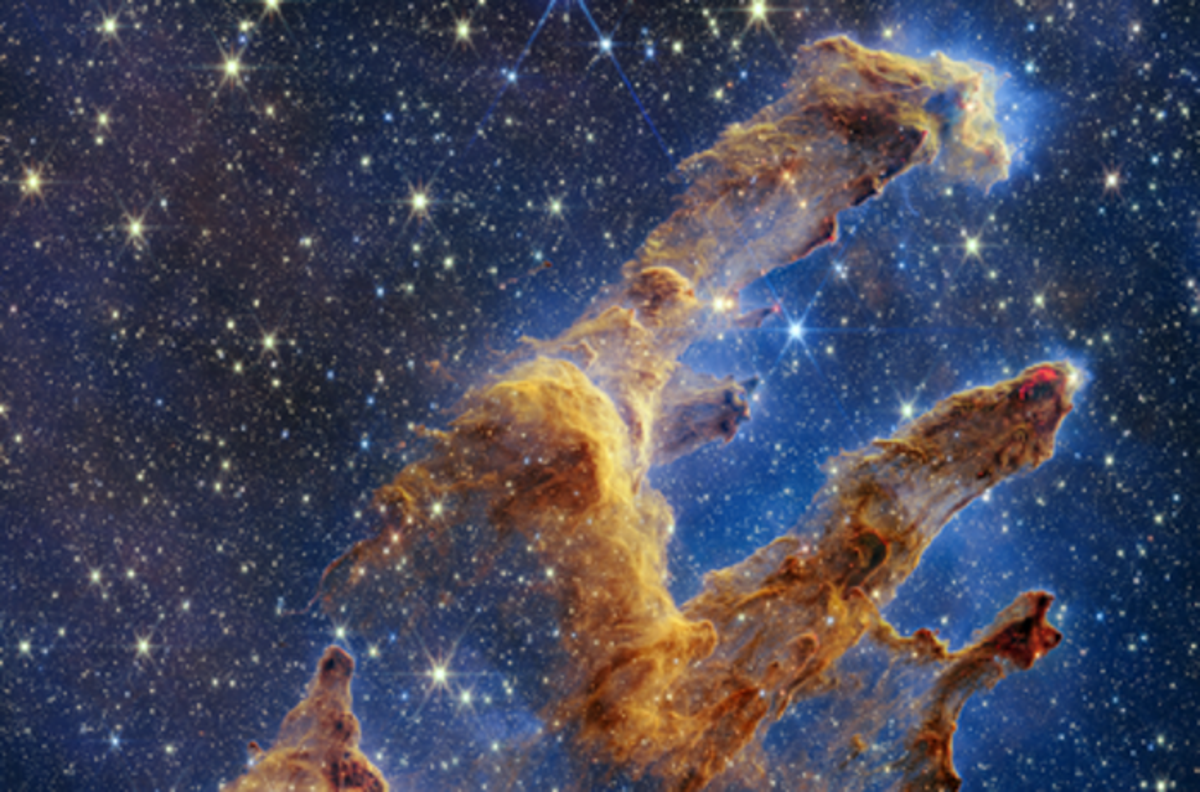
A Harvard scientist’s recent claim that strange spherical materials of interstellar origin have been found from under the ocean is “not convincing” yet and remains “inconsistent”, according to scientists.
Avi Loeb, a theoretical astrophysicist at Harvard University, grabbed headlines recently when he said “spheres” found on the sea floor off the coast of Papua New Guinea likely came from outside the Solar System and were carried by an interstellar object crashing on Earth in 2014.
He even claimed the material could be of “extraterrestrial technological origin”, such as from an alien spacecraft, due to some of its unusual characteristics.
“This is a historic discovery because it represents the first time that scientists analyze materials from a large object that arrived to Earth from outside the solar system,” Dr Loeb had said in a statement last week.
Scientists unrelated to the research, however, said such interpretations of the “spherules” cannot be made with the research that is also pending peer review.
British space scientist Monica Grady said peer-reviewed evidence is needed to accept such interpretations.
“Loeb has now provided a very detailed set of analytical data of 57 spherules in an article submitted to a journal. But it has not yet been subject to the peer review that academics require before they accept research as legitimate,” Dr Grady wrote in The Conversation.
She finds “no concerns” with the new analysis, and agrees the “spherules”, or molten droplets, may have come from outside the Earth due to the presence of unusual metal particles usually found in meteorites.
However, Dr Grady also said the conclusions drawn from the analysis are “a little inconsistent”.
The Harvard physicist had named some strange materials found in the spherules as “BeLaU” particles because they are rich in beryllium, lanthanum and uranium.
He ruled these out as being material from within the Solar System due their composition of different forms of iron.
While the “BeLaU spherules” have a very different iron composition compared to what’s found in terrestrial and Solar System bodies, Dr Grady wrote that this still “does not rule out their coming” from bodies like asteroids that “have not been through a planetary formation process”.
She said the interaction of speeding meteorites with atmospheric air could impart unusual iron compositions to these particles as their material is eroded by friction, producing cosmic spherules.
“The BeLaU spherules have iron isotope compositions in the same range as cosmic spherules. This could imply that they are indeed from within the Solar System,” wrote Dr Grady, known for her work on meteorites.
Based on the presence of BeLaU materials, the Harvard scientist also argued that the spherules could have originated from the magma ocean of an iron-rich celestial body.
But the abundant presence of these elements in the spherules does not provide a “smoking gun” conclusion to indicate their interstellar origin, Arizona State University cosmochemist Larry Nittler told Nature.
The different forms of some of the elements found in the spherules are “very similar” to those in some objects from within the Solar System, he said.
While Dr Grady agrees that some of the materials recovered by Dr Loeb’s team from the sea floor are “interesting”, she said “none of the evidence” presented so far is “sufficiently convincing” to infer they are from outside the Solar System or are from an alien spacecraft.







